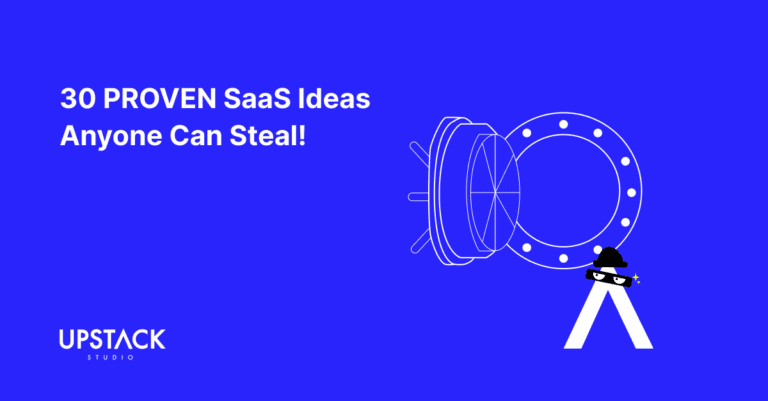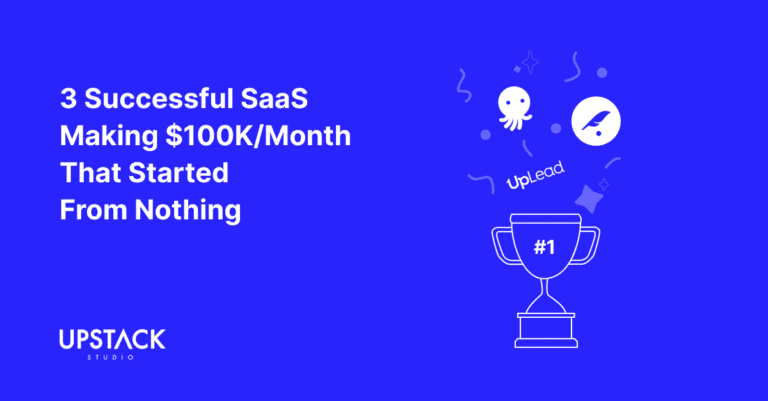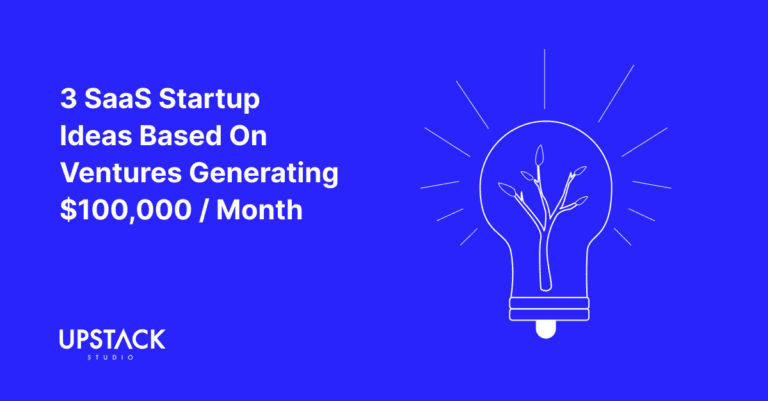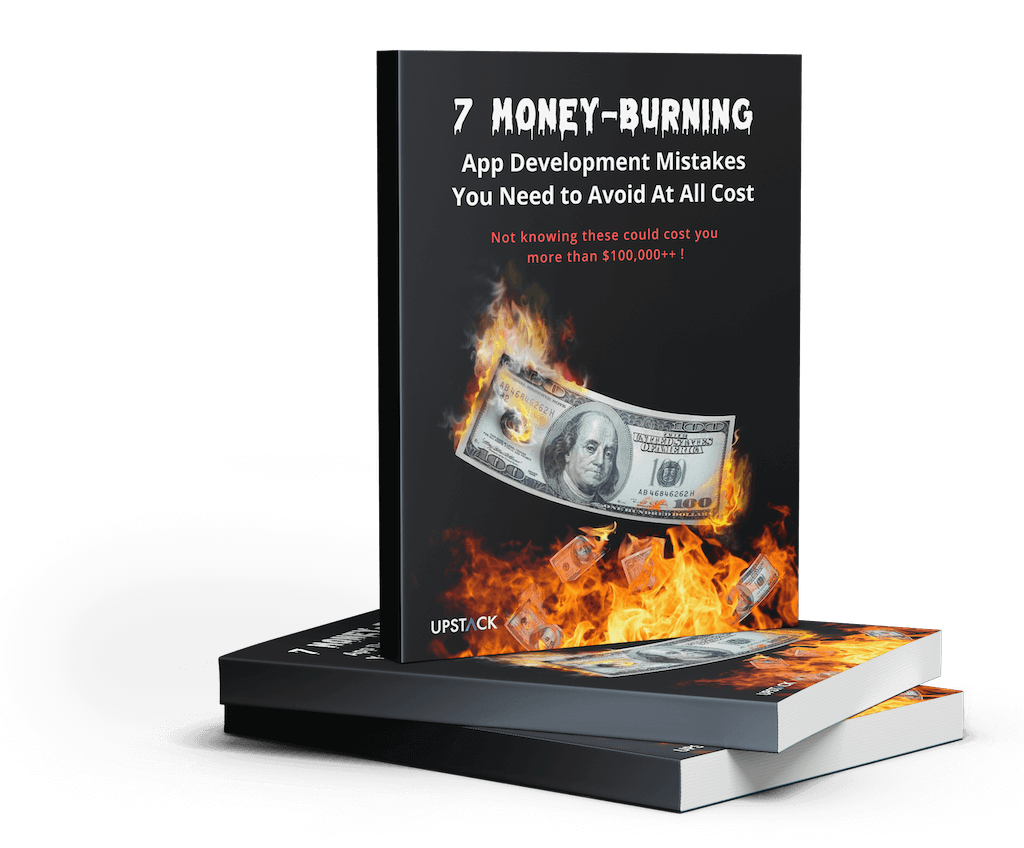Which software business models are likely to fail and cause founders to go broke?
Honestly? All of them.

The odds are stacked against you but some business models are better (and worse) than others.
In this guide, we’ll be ranking six software business models to share which ones we think offer a better shot at steady growth and profitability.
Let’s begin.
The Ideal Software Business Model
Not that we would, but if we were to start a software business, we’d put on our Shark Tank hat.
Then we’d carefully consider the following three aspects of the business model:
- Market size
- Complexity of software, and
- Monetization opportunities
Competition should be on the list, but any software space with money is just so inherently competitive that it would be pointless to consider.
Let’s just briefly touch on what the three metrics mean.
Market Size and Type
Estimating the market size and type is fairly straightforward – how many total potential users are there, and how many groups are within that combined pool?
From there you can narrow it down even more by asking questions like:
- what income range?
- is it industry-agnostic?
- or industry-specific?
Ideal: You want a big market and you want a market of users with money.
Software Complexity
Many founders prefer simpler software as it’s cheaper to build, faster to market, and safer to fail.
But here’s the thing – if most people feel that way, the market quickly gets saturated.
Yes, your USP can come from other areas, but even a bit of technical complexity can serve as a very effective barrier to entry.
It is a software-based business after all.
Ideal: You want software that requires a level of dedication and skill to build.
Monetization Opportunities
Our favorite topic: how to make money from your SaaS or app.
Software monetization can be broadly broken down into two types:
- subscription-based, and
- ad-based.
Some business models are better at subscriptions while others work better with ads.
Some work with both – those are the best ones.
What’s ideal: You want multiple options and layers for monetization.
Putting It Together
The perfect software business would have:
- a massive market of rich ass users,
- Fairly but not impossibly complex software, and
- Lots of opportunities for both subscription AND ad-based revenue
And what the heck, let’s say it also has zero competition!
This would be an awesome business model except it doesn’t exist.
However, knowing what perfect looks like, we can assess and rank other business models based on how far away they are from the ideal.
So let’s get to ranking.
The Ranking List of Software Business Models
There are six software business models we’ll be looking at:
- Software as a Service or SaaS
- Mobile Games,
- Marketplaces
- API-based SaaS
- White labeling, and
- Hardware + software product
Based on market size, complexity, and monetization options, we put them in one of four categories:
- Great business models
- Good business models
- Decent business models
- Poor business models
Obligatory disclaimer: We’re not here to tell people what to do, and much of this is our opinion. Ultimately, the choice of what business model to pursue is your choice!
Let’s start by looking at the best ones.
Great Software Business Models
Software as a Service

2024 market size: USD 317.55 billion
The market for SaaS isn’t just huge, it’s HUGE and ready to pay.
There are hundreds of billions of dollars that you can tap into if you show proper value and solve the right problem.
And depending on what problem, you can access B2B markets.
And if you have the choice, B2B is where the deep pockets are.
Clients pay well and stick with the same provider, unless you really mess things up – so don’t!
There’s a reason why it’s the go-to option for so many founders.
Good Software Business Models
API-based SaaS

Market size: USD 5.42 billion
An API-based SaaS doesn’t have its own interface.
Instead, a user connects it to their own platforms to use it such as Twilio.
Sometimes it’s both – like Google Maps, which has a user-facing interface for end users.
Meanwhile, a business can integrate the Google Maps API into their website or mobile app.
Where mobile games are exclusively B2C, only B2B buyers will want software with no interface.
It’s also usually limited to bigger businesses – they need to be able to engage developers to handle API integrations and prefer to integrate everything into their own platform.
We find an API-based SaaS business model good but not great since you miss out on B2C markets.
Hardware + software product

Market size: Too many varieties to quantify
This includes any business where you take a normally non-digital device, and make it digital.
Sometimes it can mean:
- building an IoT app for electrical devices.
- renting a desirable physical device.
- a purpose-built piece of hardware and software to power it – aka a phone!
We’d love to put hardware + software business models in the great category.
However, having a physical product is a huge barrier to entry and you’re also a victim to that barrier.
So we consider it good, just not great.
Decent Software Business Models
Mobile Games

Market size: USD 100.54 Billion
The market for mobile games is also huge – but not as huge as SaaS.
You’re also cut off from the B2B market as a game is limited to solving two problems:
- Curing boredom – something people play to pass the time
- Creating demand – something people dedicate time to mastering
Software architecture-wise, we’d say it’s harder to execute than the average SaaS.
Monetization-wise, you’re looking at ads for games to cure boredom, so lots of traffic is needed.
For immersive games, in-app purchases are the way, and it’s pretty cool that Mobile Legends made $180 million from in-app purchases in 2023.
Overall, the mobile games business model’s biggest strength is its market size, but it’s hurt by being limited to selling fun, which cuts off access to B2B audiences.
We’ll put it under ‘decent’ – smaller total market and B2C is just not our cup of tea.
White Labeling

Market size: USD 47.33 billion
Remember the saying in a gold rush, the ones that get rich are those selling shovels?
That’s what software white labeling is.
When you build a basic white-label software product, you’re building a template for others to buy or license so they can customize it with their own branding, including
- learning management systems,
- Content management systems
- Marketing platforms
Basically, if more than one user needs it, it can be white-labeled.
Again, B2B only market, but a very big market because you’re really targeting smaller businesses and entrepreneurs who don’t have the resources to build their own custom solutions.
So you’d be looking at low price, high volume sales – a pain to manage long term compared to a normal SaaS.
If you plan to ignore users, your business model is great for a month…until they all leave.
Now the last business model category, one we discourage for all but the scrappiest of founders..
Poor Software Business Models
Marketplaces

Market size: USD 6.3 trillion
We’re not a fan of the marketplace business model for new founders.
In fact, it made our list of software businesses to avoid!
Yes, the market for the right marketplace can be huge and as a marketplace owner, you have all the benefits of a SaaS founder: A huge market with lots of monetization options.
Two issues.
1. Building Marketplace Apps Suck
Building basic marketplace apps has zero tech barriers to entry and every no code app builder has a marketplace template.
The moment yours makes money a million copycats will come and everyone races to the bottom.
And a custom marketplace like Chrono24 for watches or Carsome for cars is extremely complex and expensive to build.
2. The Network Effect Also Sucks
A marketplace needs enough sellers to sell and buyers to buy.
But buyers want sellers before they come and sellers want buyers before they come.
If you have neither to start with, neither will come.
So, we’re putting marketplace business models in poor because it’s like an uphill battle all the way – seriously, just build a SaaS!
In Summary!
Looking at the list, we’re pretty happy – here’s a summary of how our thoughts on the six business models:
- Great: SaaS
- Good: API-based SaaS and Hardware/software products
- Decent: Mobile games and white labeling
- Poor: Marketplaces
Yeah, that sounds about right.
So, does this mean SaaS is the only good business model?
No! Again, this is all just our opinion.
Plus everyone already knows the SaaS business model rocks.
We think that in addition to SaaS, ask yourself what problems can be solved with a white label platform, or an API-based SaaS, aka headless SaaS.

These are very valid business models with high monetization opportunities.
And if you’ve only ever considered digital solutions, hybrid products like Ring might make you reconsider.
Cheers, guys!
Hey there stranger, thanks for reading all the way to the end. Consider joining our mailing list for a one-stop resource on everything from micro SaaS validation all the way to execution and promotion. Get a nifty list of questions to ask app developers when you sign up!
App Developer Interview Questions Template
Download this template now so you know exactly what to ask App Development Agencies! Let us know where should we send it through the form below.





